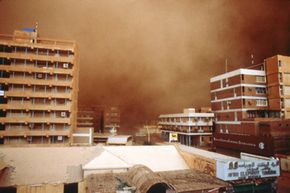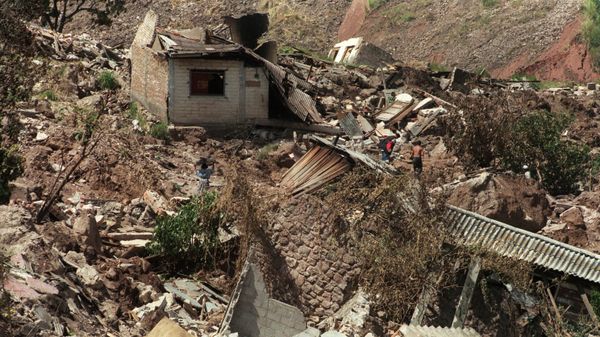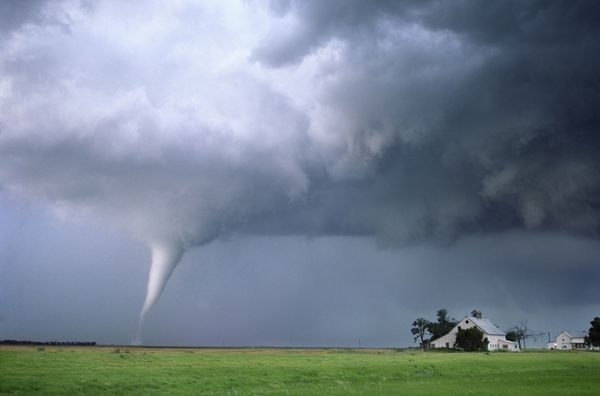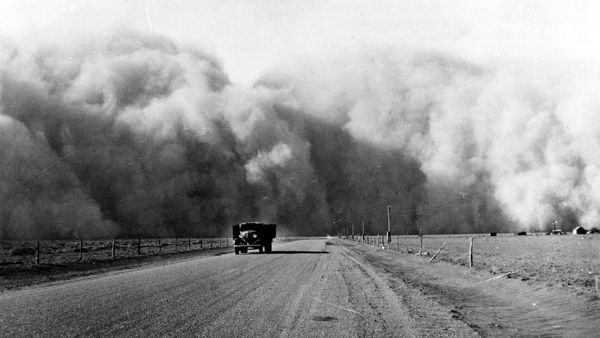You step out onto the sun-drenched patio to enjoy what's left of yet another stellar summer day. But as you lazily take in the view of the horizon, you can't quite believe what you see. Instead of the clear blue Southwestern sky that usually backdrops the expansive desert landscape, a looming black wall towers miles above the ground, dwarfing the nearby town as if it were a child's LEGO project. You blink. With all due respect to Mother Nature, this thing looks more like the product of computer graphics from a science-fiction movie than anything real. But it is real, and you realize it's moving toward you -- fast. Two minutes later, you're thrown into the dark of night, the wind is howling in your ears, and it feels like someone's repeatedly throwing a shovel full of fine sand in your face. As you fumble to make your way back inside for cover, your eyes, nose and mouth are full of fine gritty stuff. Your stunned brain can only think one thing: Is this what Armageddon feels like?
Often described with apocalyptic terms by the media, what you've just experienced is a haboob, a type of dust storm. Dust storms come in various shapes and sizes, but regardless of their variations, what they do is similar -- they carry dust and sediment from one place to another, regardless of who or what is in their path.
Advertisement
Dust storms are natural events. However, scientists believe human activity is causing them to occur more frequently in certain regions, and their impact can be devastating.
Ever wonder how all that dust gets airborne and why haboobs are the scene-stealers they are? Turns out, it takes more than a windy day.



